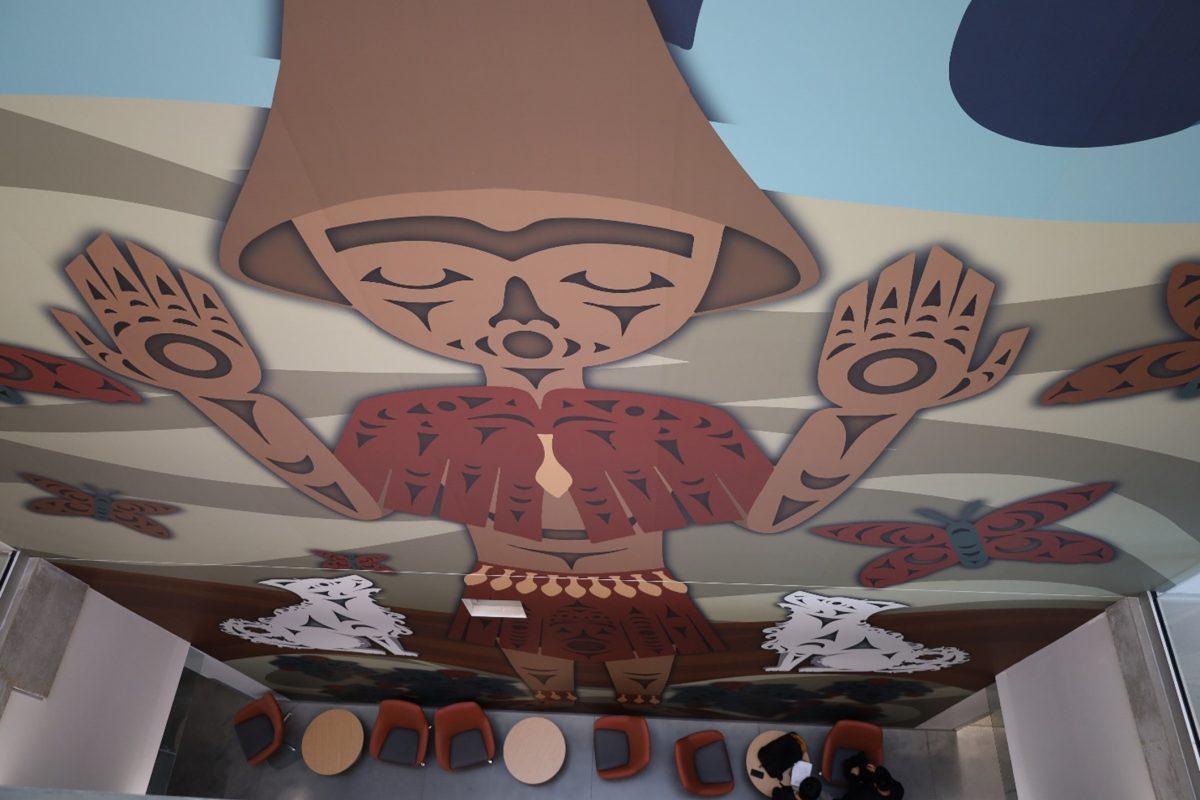BCIT Indigenous Initiatives and Partnerships provides support to Indigenous students throughout their educational journey, while also supporting the BCIT community in their work to advance Truth and Reconciliation. A key component of the ongoing work related to the BCIT Indigenous Vision is the continuous Indigenization of the Bachelor of Science in Nursing curriculum.
Tami Pierce, Associate Director, Indigenous Initiatives and Partnerships, and Andrea Harvey, faculty, Nursing program, School of Health Sciences, have developed and implemented an updated curriculum within the Bachelor of Science in Nursing program that successfully integrates an Indigenous perspective. Their work demonstrates that meaningful partnerships and collaboration must be established to advance Reconciliation at BCIT and across BC’s healthcare system.
In response to the Truth and Reconciliation Commission of Canada Calls to Action and a gap that the pair noticed in the classroom and in the healthcare field, Tami and Andrea partnered to embed Indigeneity within the BCIT Nursing program. They began by scrutinizing all aspects of the program, including the curriculum, committees, policies, procedures, faculty, and student experience. As well, they considered the many ways that the entire program could be improved, through an Indigenous lens.
“By doing this work with intention and purpose, we expect our efforts will result in meaningful change within the healthcare system,” explains Tami.
SEE MORE: The Keepers of the Land mural comes to life at the BCIT Burnaby Campus
A decolonized nursing curriculum
Students in the Bachelor of Science in Nursing program spend their first year building a holistic understanding and awareness of Canada’s colonial history and its effects on the healthcare system. As part of the Context in Nursing and Healthcare course, students spend over 60 hours of instructional time with healthcare faculty, Indigenous staff, and Elders in understanding how marginalized groups interact with the healthcare system. Following the first year, students are better equipped to deliver nursing services that will make a difference in their professions and practices. All of which help them become an informed advocate for Indigenous patients.
Since 2019, BCIT faculty, staff, and students have been working to advance the Indigenous Vision – enhancing services, programs, curriculum, and policies that meaningfully embed Indigenous perspectives. Tami explains that undertaking decolonization and Indigenization work is action-oriented and community-focused. She emphasizes the need for authentic collaboration between Indigenous and non-Indigenous people to successfully take steps that advance Reconciliation.
“This work has allowed us the opportunity to demonstrate our commitment to community, partnerships, Reconciliation, and Indigenization,” says Tami. “The work so far has been expansive and continues to grow into meaningful partnerships across BCIT and beyond.”
BCIT Indigenous Initiatives and Partnerships was intimately involved with contributing to the design of the new Health Sciences Centre (HSC) for example. The HSC features a rooftop garden that showcases plant species native to BC and shares history of the Two Sisters, also known as the Lions Peaks. There is also a four-story mural by Musqueam and Tsimshian artist Chase Gray.
BCIT continues to explore partnership opportunities with regional and First Nations health authorities, in order to advance impact within clinical and practical healthcare settings.
After advancing Indigenity within the Bachelor of Science in Nursing curriculum, Tami and Andrea continue to explore opportunities for further work including a collaborative student success framework, an “Advancing Reconciliation” guide, and a microcredential in building Indigenizing curriculum.
Have you subscribed? Sign-up to receive the latest news on BCIT.
Learn more about BCIT Indigenous Initiatives and Partnerships, including Indigenous resources for BCIT faculty, staff, students, and beyond.
(Photo caption: Stories of the Salish Sea by Musqueam and Tsimshian artist Chase Gray. This mural stands nearly 4-floors inside the BCIT Health Sciences Centre.)
